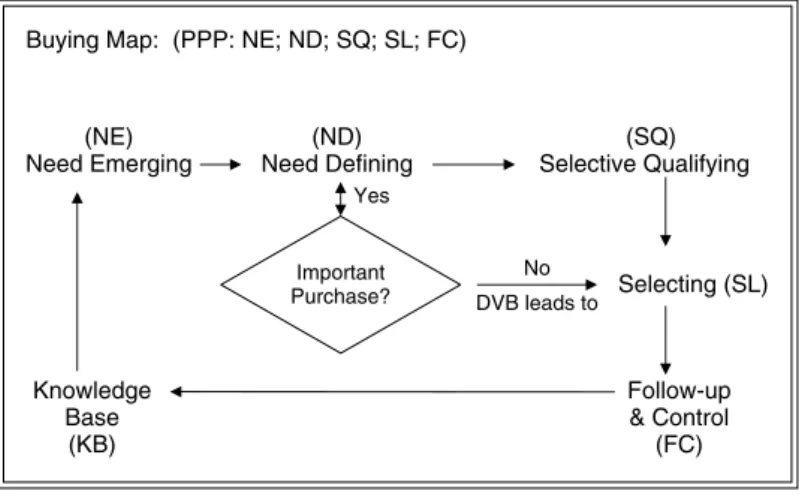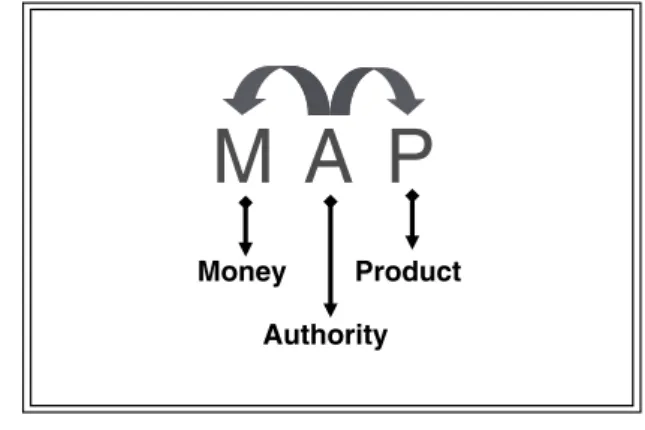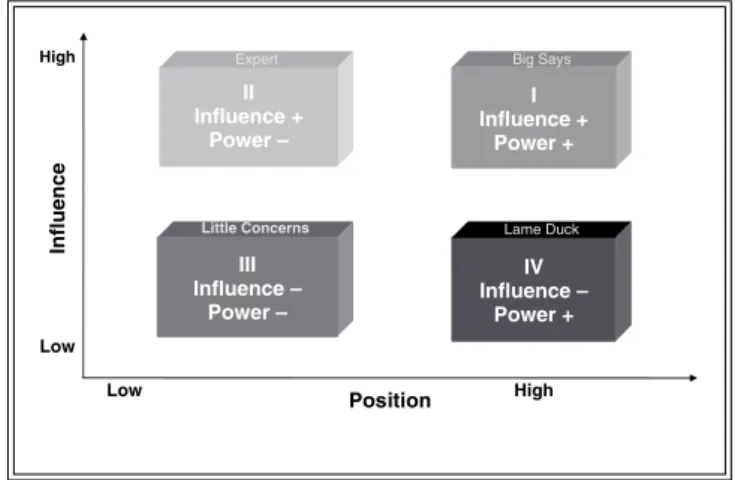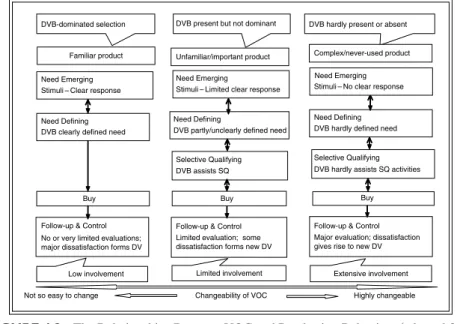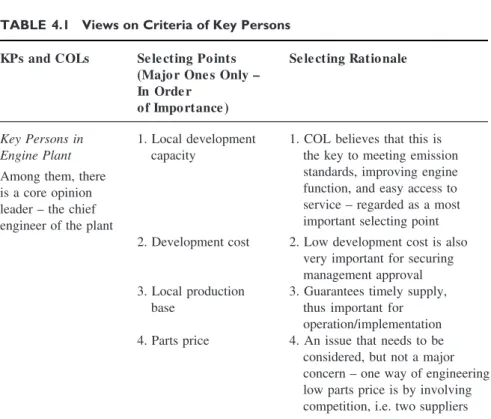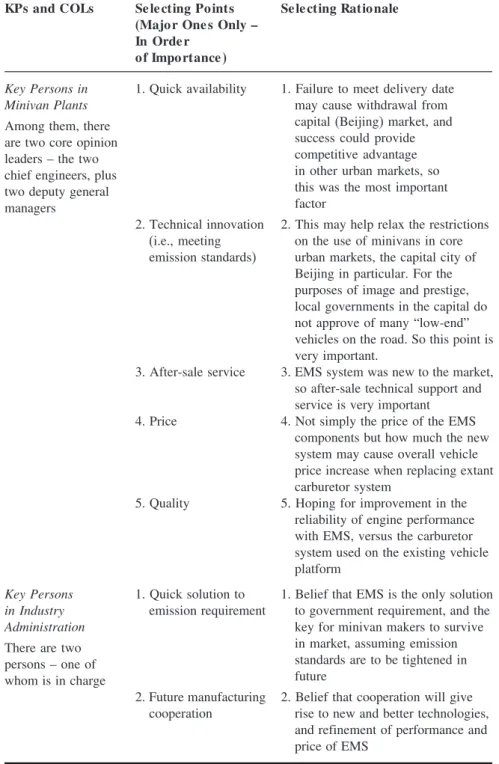A catalog record for this book is available from the British Library of Congress Cataloging-in-Publication Data. As its title implies, this book focuses on the value exchange behavior of sellers and buyers.
ACKNOWLEDGEMENTS
Sufian Mazhar (VirisTek, Inc.); Jianing Mi (Harbin Institute of Technology); Roy Morley (Ryerson Universiteit); Alex Nazarie (Ryerson University); Eva Nesselroth (Ryerson Universiteit); Ojelanki Ngyenyama (Ryerson Universiteit); James Norrie (Ryerson Universiteit); Runtao Peng (Chongqing Zhi En Medicine Corporation); Andrew Sage (George Mason Universiteit);. Weirong Xiao (B&R industriële automatisering (Shanghai) Co., Ltd); Jenny Yan (Motorola China Inc.); Weihua Yang (Visteon Asia Pacific Inc.);.
INTRODUCTION
Thus, one of the main contributions of the X-Be framework is a simple algebraic language for the satisfaction of the engineers (SALES) of both parties involved in the exchange. The building blocks (1+7) of the X-Be framework include a model for the buying process and seven concepts for capturing the dynamics of the seller's and buyer's exchange behavior.
ABOUT THE AUTHORS
He is a visiting scientist at the International Institute for Applied System Analysis (Vienna/Laxenburg, Austria) and a member of the Institute of Electrical and Electronics Engineers. He is currently an Associate Professor at the Ted Rogers School of Management at Ryerson University in Toronto, Canada, and is the Director of the Advanced Systems Modeling Research Laboratory.
PART ONE
EXCHANGE BEHAVIOR IN SELLING AND SALES MANAGEMENT (X-Be)
OVERVIEW OF THE (1 + 7) ELEMENTS OF X-Be
In some simple sales situations, salespeople can handle a buying process that involves one key person - the customer. They therefore reflect personal benefits – the immediate dividends the sales pitch can pay to the buyer's private life.
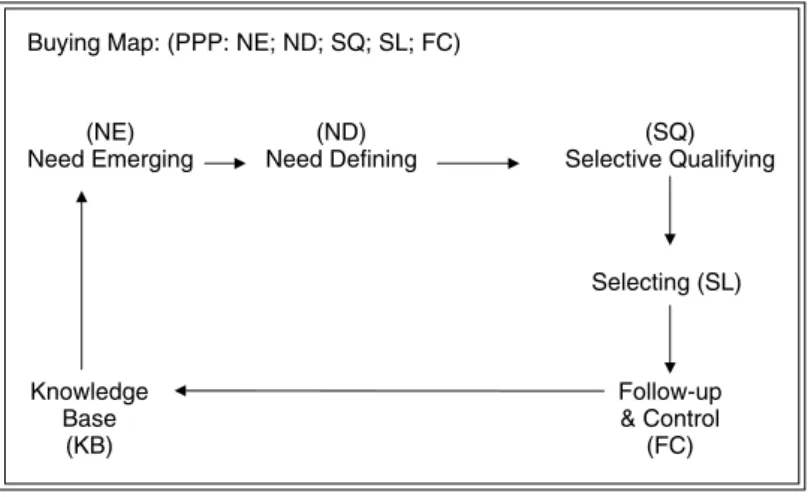
PHASES OF THE PURCHASE PROCESS MODEL: VALUE
What are the specific actions that can increase the customer's sense of deliverability of buying points and selling points for the customer. What is the customer's perception of the availability of purchase and sales points after the purchase.
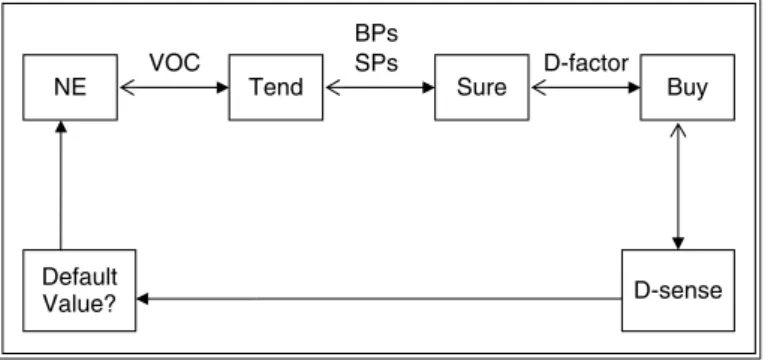
KEY PERSONS AND CORE OPINION LEADERS: VALUE ROLES
It is important that all sales and sales management efforts involve the key people (i.e. the people who play one or more of the above roles) in the purchasing process. A different approach to understanding the real influential powers that are in the hands of the key people involved is therefore necessary.
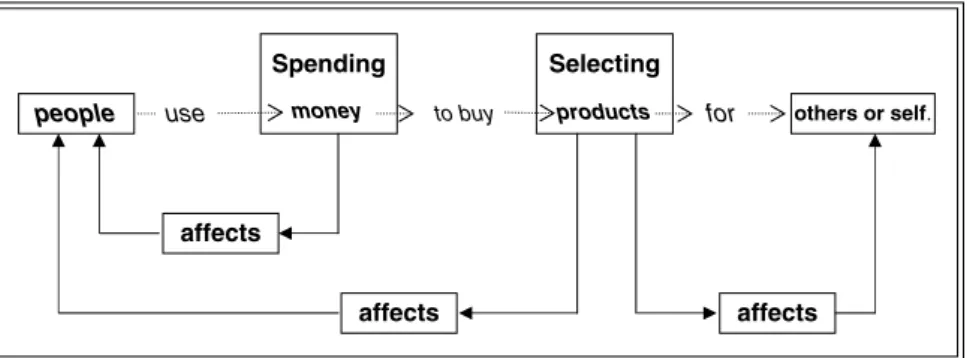
VIEWS ON CRITERIA: BASE FOR JUDGING VALUE
In particular, the final form of the buyer's views on the criteria may be the result of the interactions that took place between the buyer and the seller. It should be noted that the seller can also influence the development of the buyer's views on the criteria (just as he can influence the direction of crystal formation) by helping key people discover other values that may not have been visible to them. . The seller must first adapt to the view of the buyer's criteria, and then try to highlight the buyer's value of the sales offer in a way that is in line with the default value-oriented VOC.
In this case, the salesperson must have to create positive new views on criteria in the time set for her interaction with the customer. It is worth noting here that each of the two business philosophies of being market-driven or market-driven has its own merits when dealing with customers' view of criteria. If the customer's view of criteria is primarily related to the product or service in question (because the customer believes that there are significant differences between the products or services available from different sellers), then it is true that the customer value will primarily be contained. in the product itself.
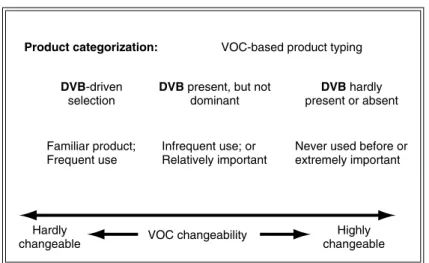
BUYING POINTS AND SELLING POINTS: EXPRESSION OF
The difference between buy points and sell points is perhaps best illustrated by an example, so here is a simple example (see Figure 5.1). Buying points and selling points are the expression of those characteristics of a considered sales offer, which motivate the key person in the purchase movement. Buying points and selling points always reflect the actual VOC of the key person involved in the buying process.
Therefore, a change in VOC will lead to a change in buying and selling points. A key person's buying and selling arguments can be the same, overlap or be completely different. Selling points are just as important as buying points and the seller should dedicate the same effort to each of them.

DELIVERABILITY AND INTEGRATED PRODUCT
TOTALITY OF A PURCHASE IN TERMS OF VALUE
In general, a reliable level of assurance on the part of the seller will be essential to effectuate an exchange. Diligent buyers reasonably expect a satisfactory delivery of the buy points and sell points in a sales offer if they are to make a risky commitment to it and its supplier. In the X-Be framework, the concept of deliverability is defined as the extent to which a key person perceives the "content" (i.e. the identified buy points and sell points) of the possible exchange to be deliverable.
What this figure tells us is that the exchange of value is based on the ability to deliver; the content of the value is buy points and sell points, which originate from the customer's VOC. At the end of the conference, the participants are invited on a tour of De Tre Kløfter. Specificity: The buy and sell points that are integrated must be specific and individual to the key person's values (ie they must match the key person's VOC and stage of the buying process).
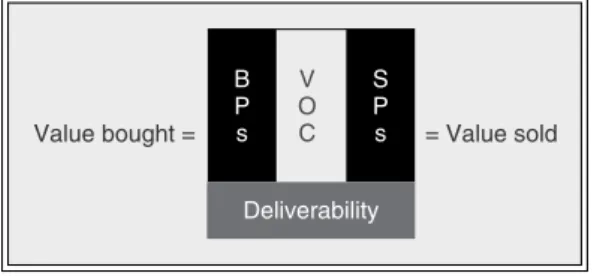
APPROPRIATE COMMUNICATORS AND NETWORKED RESOURCES
FACILITATORS OF VALUE FORMATION AND EXCHANGE
It would also be largely unconvincing to key people on the technical side of the customer's organization. Furthermore, the shape of the correlation between I and the number of contacts varies from vendor to vendor, as also shown in Figure 7.1. The business nature of the industry in which the seller operates in terms of the total number of potential customers.
Typical buying behavior of customers in terms of their involvement in the buying process. Because of this, the structure of the required network resources in this case will be fundamentally different. However, the retailer can still improve the connectivity and effectiveness of the distributed network resources typically required for sales in the low or limited buying involvement situation.
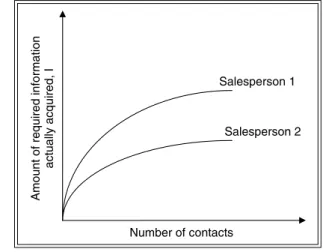
SELLING STATUS INDICES
MEASURES FOR MONITORING THE VALUE INTEGRATION PROCESS
The relationship status index describes how favorable the salesperson's relationship is with the key person for the sale itself. The relational status index is defined as a measure of the amount of useful information (ie, information useful to the current sales process) received from a key person during or after an interaction with them. However, since the relative status index was defined as a measure of the amount of useful information the salesperson obtained from the key person, this index.
The importance of this concept can also be seen from the perspective of relative status. Such purchase points are open because the key person may be willing to express his/her views about them (as long as there is a favorable relationship status between the seller and this key person). A good link status index allows marketers to get information about a lead's status index and vice versa.
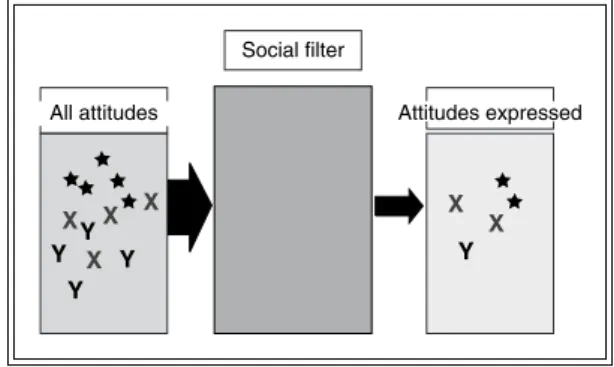
DEALING WITH COMPETITION
AN APPROACH FROM THE PERSPECTIVE OF
It can also help direct her to the real concerns of the key people in the purchasing process and get her thinking about how to deal with these concerns. In any state of competition, the focus of a salesperson's efforts must be the VOC of the key people involved. Intrinsic Value Strategy – Sales centered on the intrinsic value of the product or service itself.
Its purpose is to reveal the basic scientific facts about buyer and seller behavior. ASSESS THE OVERALL SALES COMPETITIVE POSITIONS through a specific sales offer of the company in the market. The seller can then collect the list of relevant VOCs common in this sector and the expected deliverability of the corresponding customer at typical purchasing and sales points.
PUTTING THE ELEMENTS TOGETHER: A ROADMAP FOR
M (measurable): What is, relative to the X-Be elements, the amount of information to be collected in the sales call and what should be the level of detail. Such applications of the funnel concept can be found in many companies operating in B2B markets. In general, the implementation of the sales funnel method can be either activity-based, result-based, or both (see Figure 10.1).
In Figure 10.2 we present a classification of sales opportunities using the related status and trust indices. It reflects the progress of the sales process, along with the process of value creation and exchange on the customer side. In the following sections, we will present even more applications of the X-Be based classification of sales opportunities.
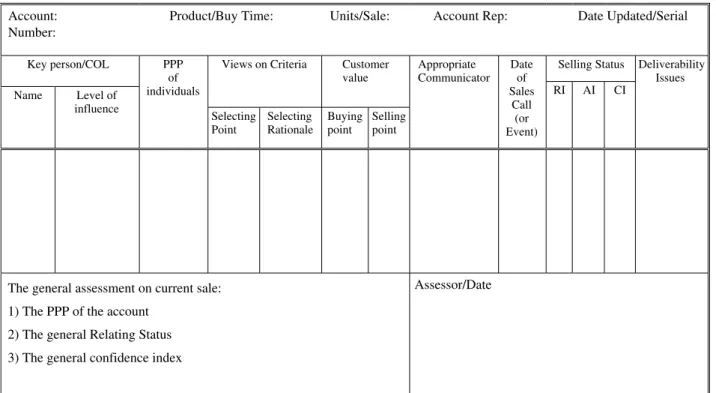
SALES MANAGEMENT TOOL
Selection of justifications - what are the key persons' assessments of the importance of the above relevant information. Therefore, he can ask a key person how much electricity their company has used in the last three years. Taking into account the key person's VOC (selected through relationship scouting), the salesperson then proceeds to address certain questions relating to the nature of that key person's buying and selling points, according to the following:
In this regard, managing the sense of risk of each key person is of great importance. Administered effectively, pacing (i) serves to stimulate and hold the attention of key persons;. All of these methods are derived from an integrated implementation of the X-Be building blocks.
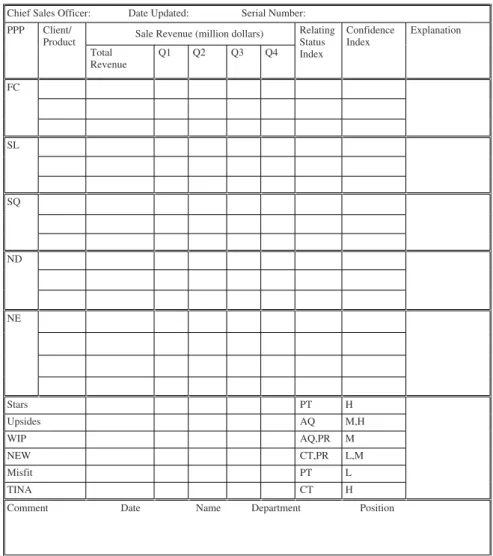
PART TWO
THEORETICAL FOUNDATIONS AND ADVANCED TOPICS
THEORETICAL FOUNDATIONS
But while the focus here is on sales and sales management, we believe the framework can be extended to the study of other types of human interactions where some kind of value exchange must occur. At the heart of our framework for exchange behavior in sales and sales management is the proposition that sales behavior, however subjective its particularities may be, and however much uncertainty it may exhibit, can be analyzed in theory and in practice. , planned and systematized – and thus, considered using some elements of the scientific method. But in the case of sales and sales management, the reader may have legitimate reasons for it.
Our contention is that certain elements of the scientific method can be usefully applied to the study of sales to the benefit of sales professionals, sales managers, and sales researchers. The approach we propose consists of inventing a small number of operational elements based on empirical studies and relevant principles and building a theoretical framework with these elements to account for the complex nature of sales and sales management. Simple” so that all employees involved in the sales process can implement it without much effort; "Algebraic". With this in mind, we can frame our investigation for the development of a theoretical framework for sales and sales management.
